23 Sep Montepisano: Discovering the slow paced tourism of Tuscany
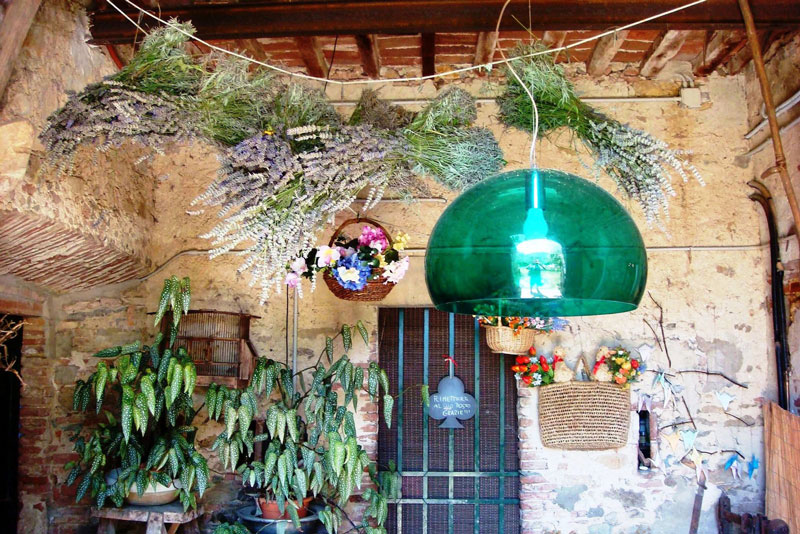 Typical tuscan yard in the farmhouse “Al Palazzaccio”
Typical tuscan yard in the farmhouse “Al Palazzaccio”
The Assessment Mission in Monte Pisano was organised by the partner coordinator Raffaella Nocchi from Timesis srl Montepisano DMC from 18 to 22 July to assess destination potential for senior tourism.
The team achieved a clearer consciousness and knowledge of the destination “Monte Pisano”. The two focus groups organized by Montepisano DMC and the Municipality of Capannori have been very useful and the discussions revealed crucial information to identify the main constraints and challenges to develop a low-medium season tourist product for seniors.
The slow paced tourism of Tuscany
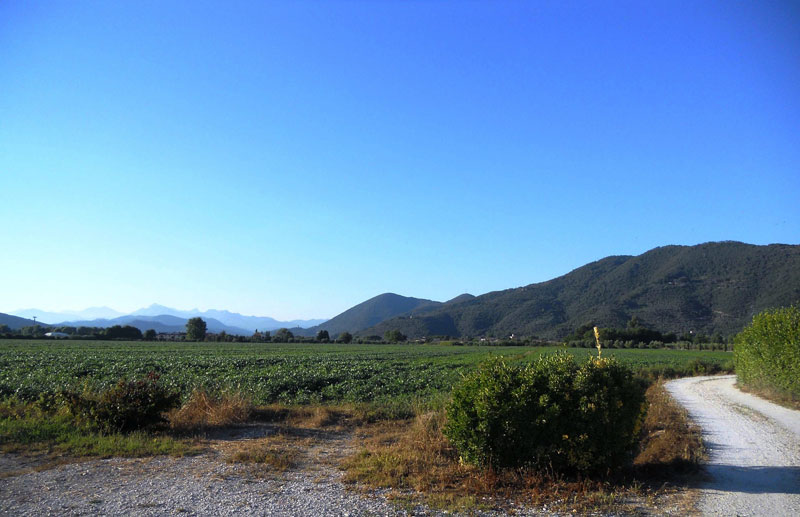 Montepisano landscape from San Giuliano Terme
Montepisano landscape from San Giuliano Terme
Monte Pisano is an area between Pisa and Lucca characterized by hills, terraced land and low mountains and the highest one is Monte Serra (917m). There are several kinds of accommodation available, but the most typical and widespread is the farmhouse, followed by B&B. The majority of accommodation are quite small, suited more for individual tourists or small groups.
Spring and summer are clearly the more touristic seasons, with a peak of visitors in July when they count more than 12.000 visitors and a slight fall in June.
Visit in Monte Pisano
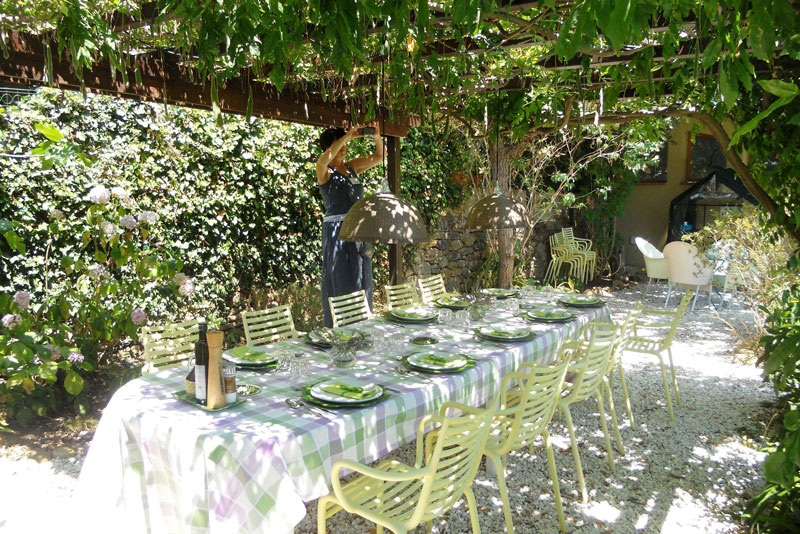 Lunch table in the yard of the farmhouse “Al Palazzaccio”
Lunch table in the yard of the farmhouse “Al Palazzaccio”
During the first day the TAT group had an overview of the area and its seven municipalities, we visited Asciano village and springs valley, Medici aqueduct and the ancient cistern. The Ancient Cistern of Asciano, called “Cisternone” is an historical building of 1695 part of the Medici Aqueduct, located in Asciano village exactly in the protected ANPIL (Area Naturale Protetta di Interesse Locale, a protected natural area of local intrest) Spring Valley “Valle delle Fonti” so called for its richness in pure water and from where at Medici time the water was collected and channelled to Pisa. Then we visited the Francesco Di Bartolo Little Theatre of Buti, the Romanesque parish church “Pieve di Santa Maria” of Vicopisano and the Antico Frantoio Bovoli of Vicopisano.
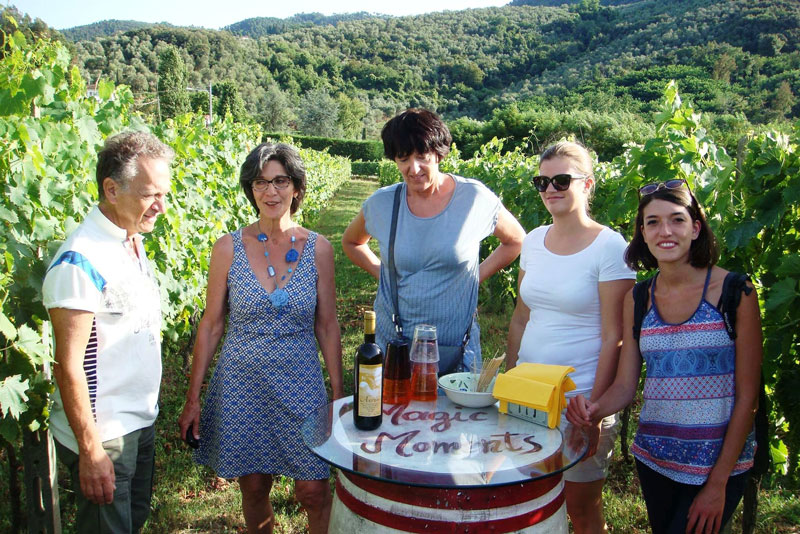 In the vineyard of F.lli Urbani farmhouse in Gattaiola
In the vineyard of F.lli Urbani farmhouse in Gattaiola
During the following days the group went to the Regional Park of S. Rossore and experienced a “Bones for life”® lesson, a “watercolour workshop” presentation, a “Weaving traditional willow baskets” workshop and a chorus performance experience based on the so-called ‘Functional Method for the Voice’ of the Lichtenberg® Institut.
In Lucca we visited the winery Urbani family and then we went to Capannori area to see the astronomical observatory located in the village of Vorno, on the Mount of Gallonzora, far from artificial lights that can disturb the view of the sky. The last dayr we went to Sant’Andrea di Compito, part of the municipality of Capannori, a small village also called “Borgo delle Camelie” –Camellia Village– thanks to the presence of several ancient camellia trees. The team visited th Garden of Camellias that includes more than 500 different varieties of camellias where visitors have an opportunity to learn the history, propagation and botanical characteristics of the plant while ensuring the protection and conservation of the more ancient trees.
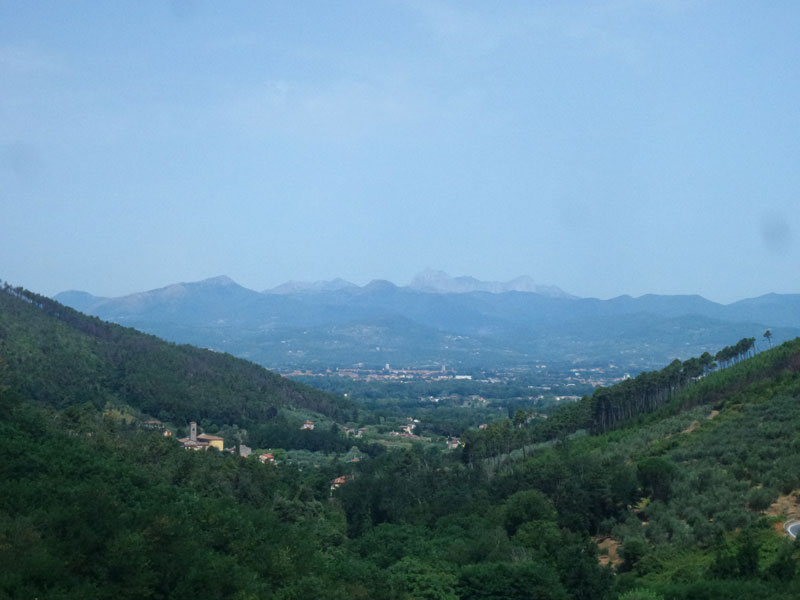 Montepisano landscape from Sant’Andrea di Compito
Montepisano landscape from Sant’Andrea di Compito
The group also took part in two focus groups with tourist local stakeholders, one with representatives (both political and officers of the 7 municipalities of Monte Pisano area (Capannori, Lucca, Vecchiano, San Giuliano Terme, Calci, Vicopisano e Buti) at the Charthouse and the other with SMEs and tourist operators at the Natural History Museum, in Calci.
The focus groups were set in the area of the Charthouse, in which is located the Museum of Natural History of Pisa, one of the oldest museums in the world. Collects and displays over 400 years of history of the natural-scientific research of Pisa University.
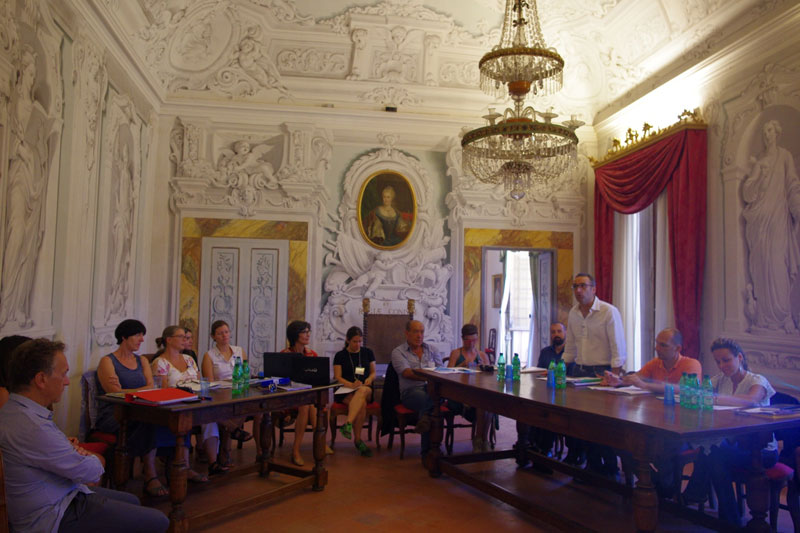 Focus Group in the Charthouse
Focus Group in the Charthouse
Monte Pisano strength, in terms of tourist offer, is represented by the possibility to perform experiential activities as well as the high cultural value of its heritage.
Complete results and recommendations of the visit will be soon available to local stakeholders and tourist service providers during a capacity building event to be held between September and October to share the findings.




